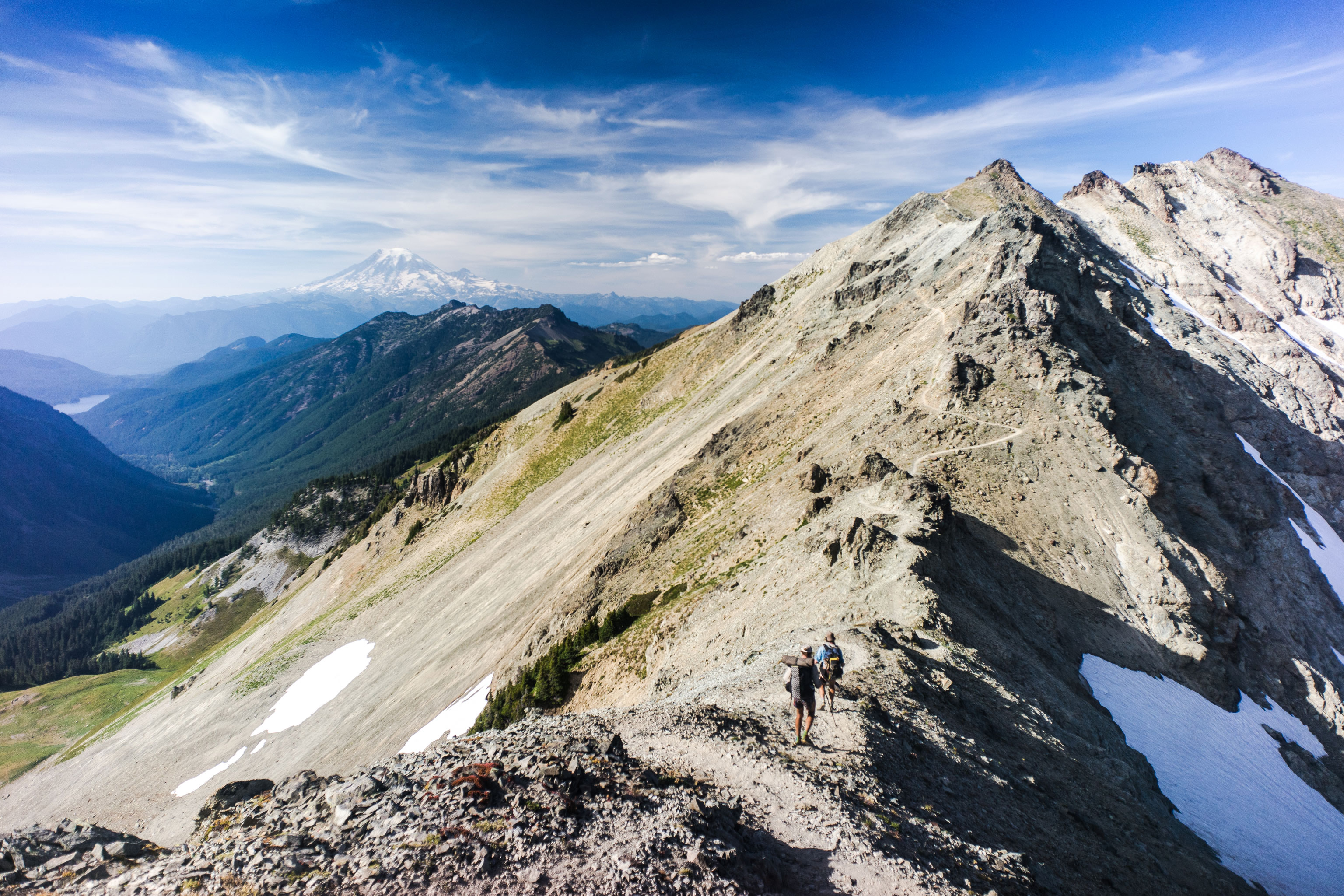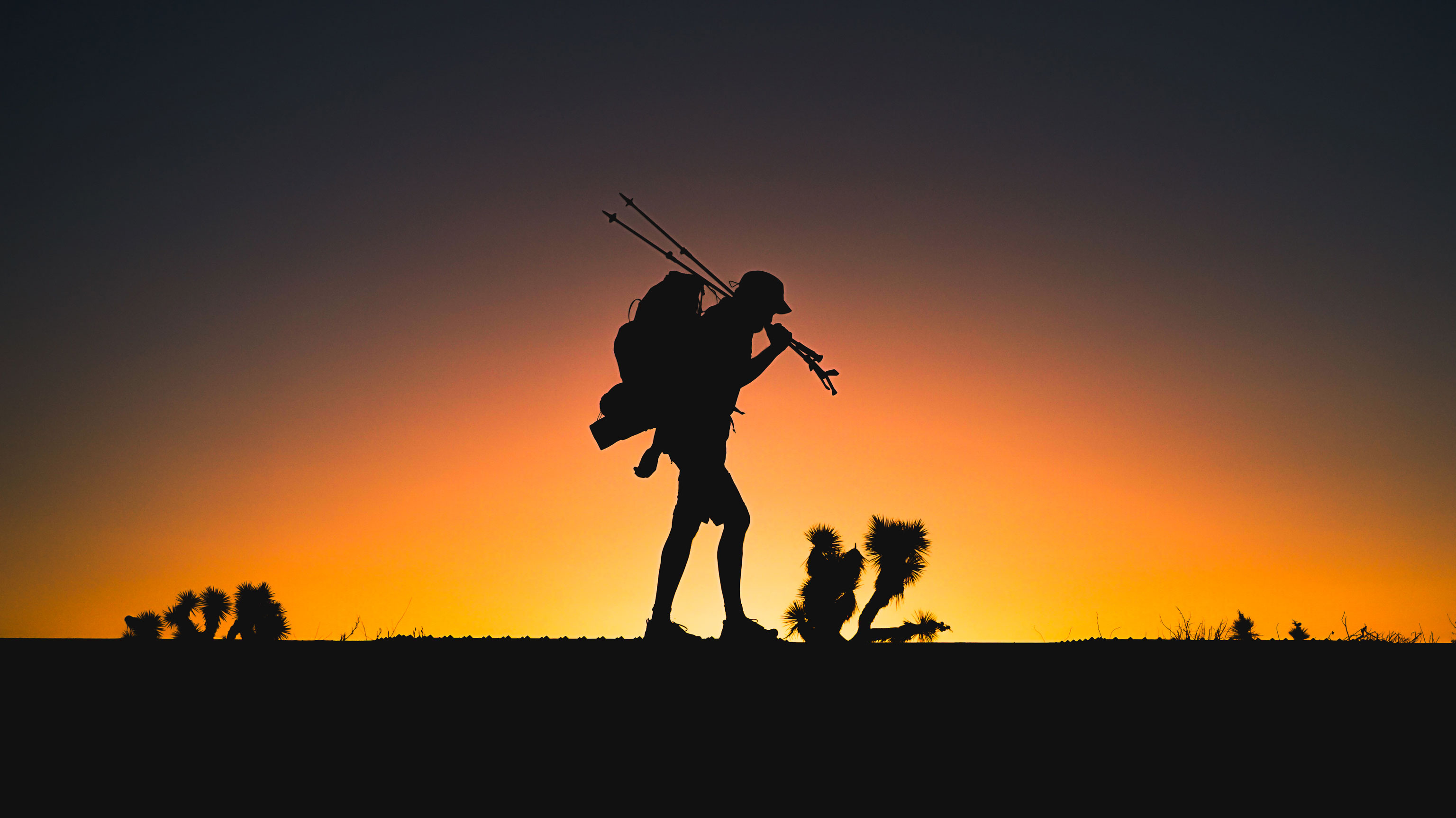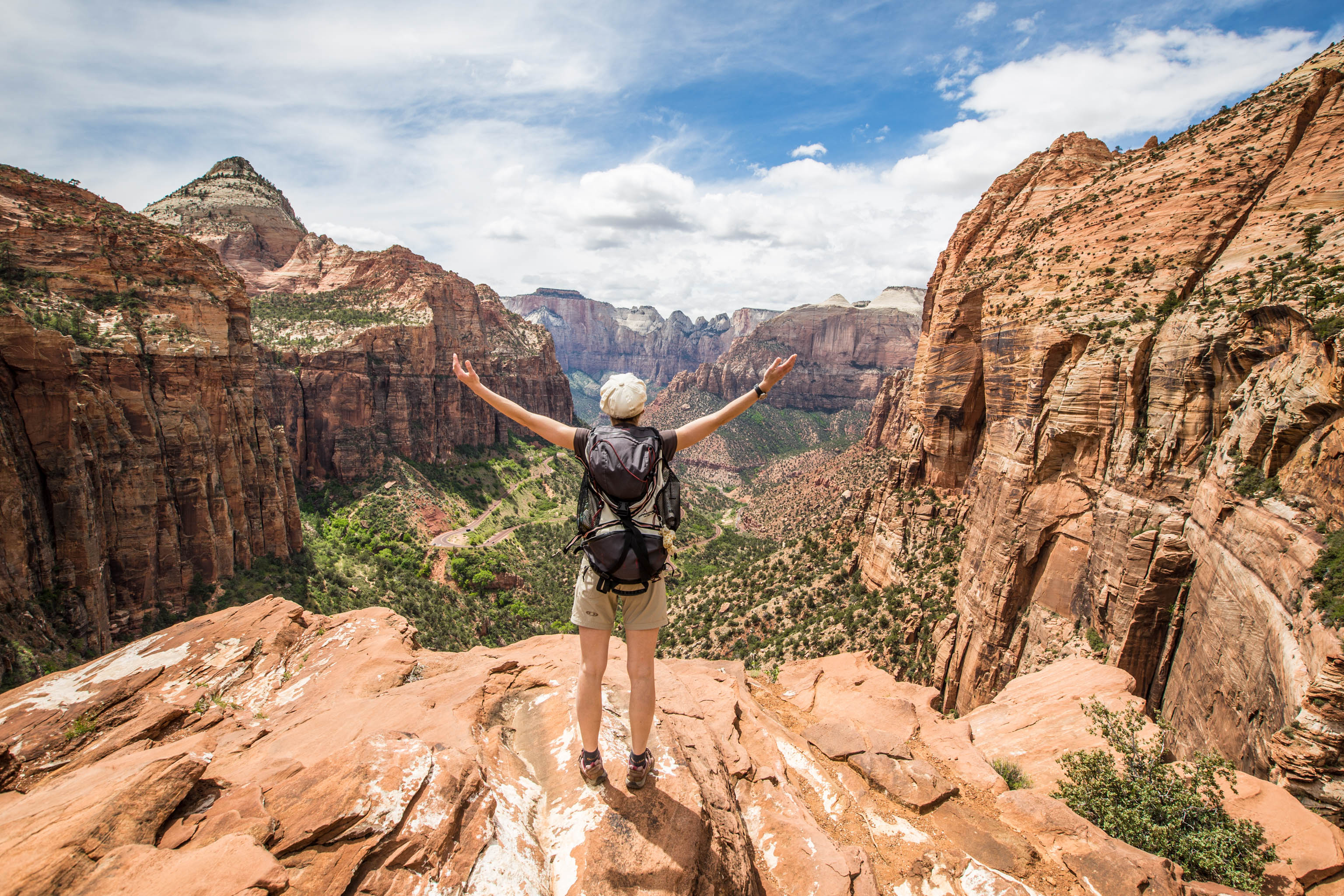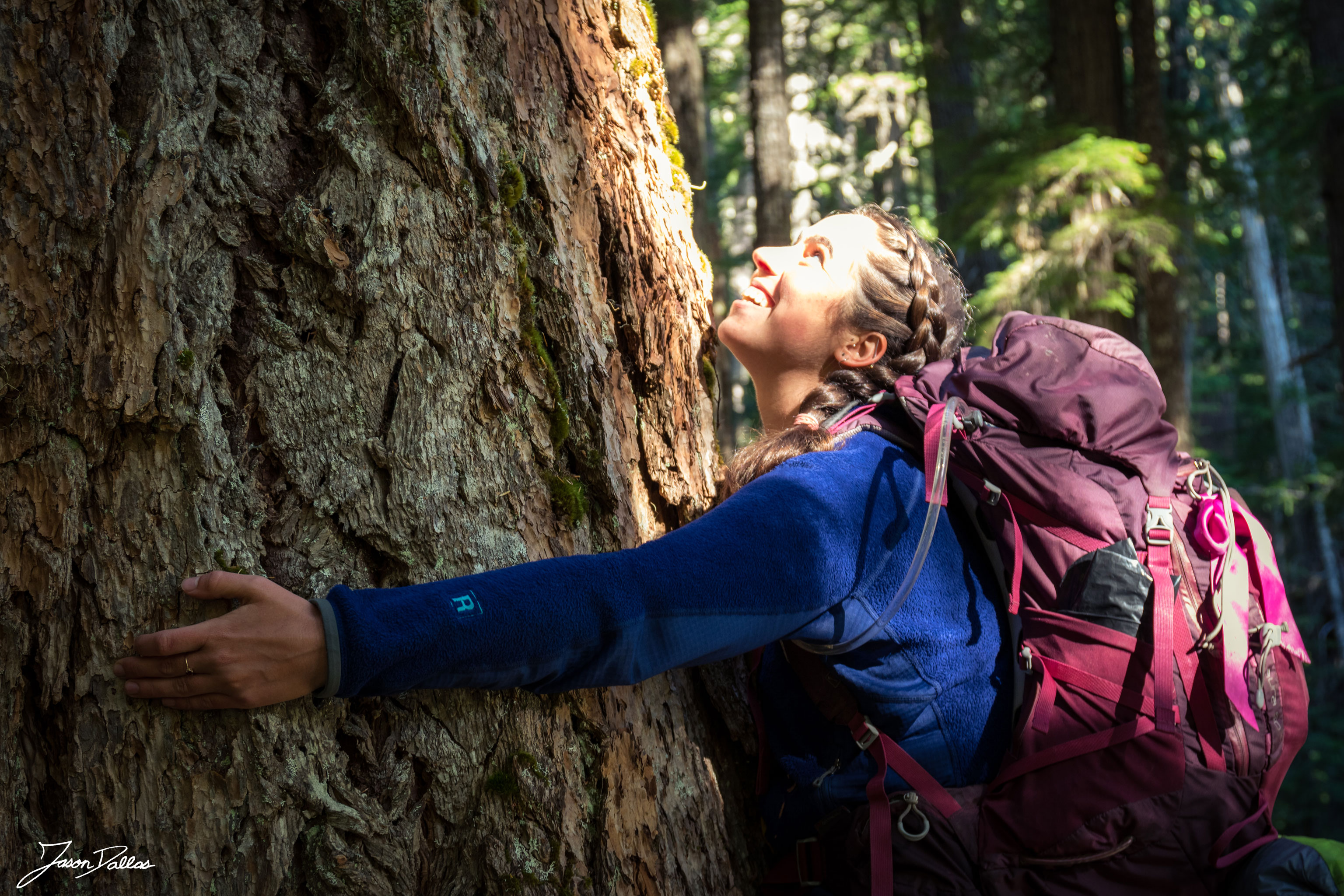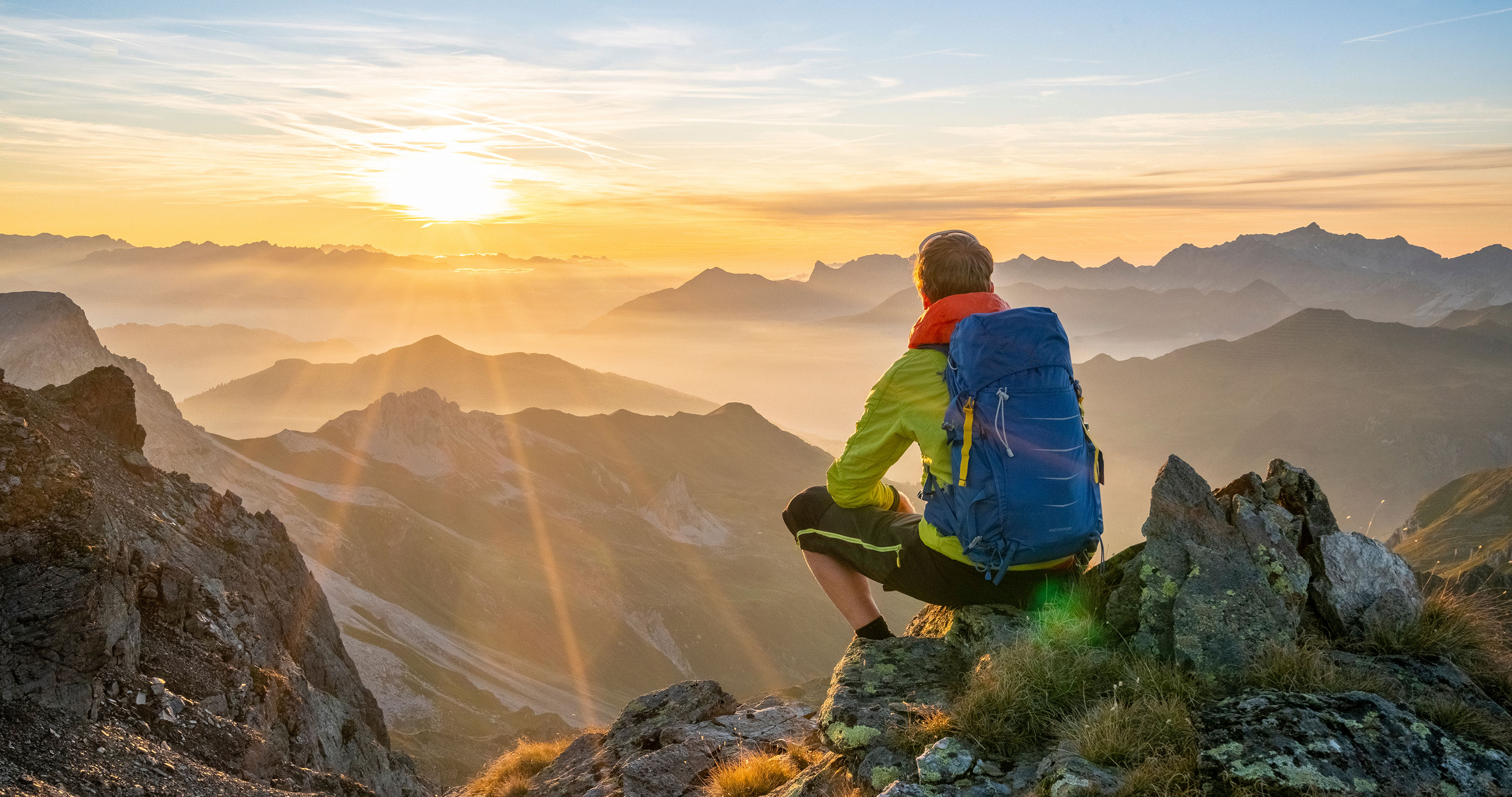Updated on
Ever since Hape Kerkeling’s book ‘I’m Off Then: Losing and Finding Myself on the Camino de Santiago: My Journey Along the Camino de Santiago’, more and more people have been inspired to undertake multi-day thru hikes in order to escape the humdrum of everyday life. The Camino de Santiago and the Eifelsteig in Germany have become highly frequented long-distance hiking trails. And hut-to-hut hikes through the Alps are also extremely popular.
But for the ultimate hiking adventure, you can take it up a notch. An ever-increasing community of thru hikers are realising their dream of limitless ‘time out’ through long-distance hikes that last several weeks or even several months – wherever and for however long their feet will carry them. Legendary thru hiking trails like the Pacific Crest Trail in the USA hold the promise of absolute freedom and adventures aplenty, as you hike, day after day, week after week, through the ever-changing natural landscape.
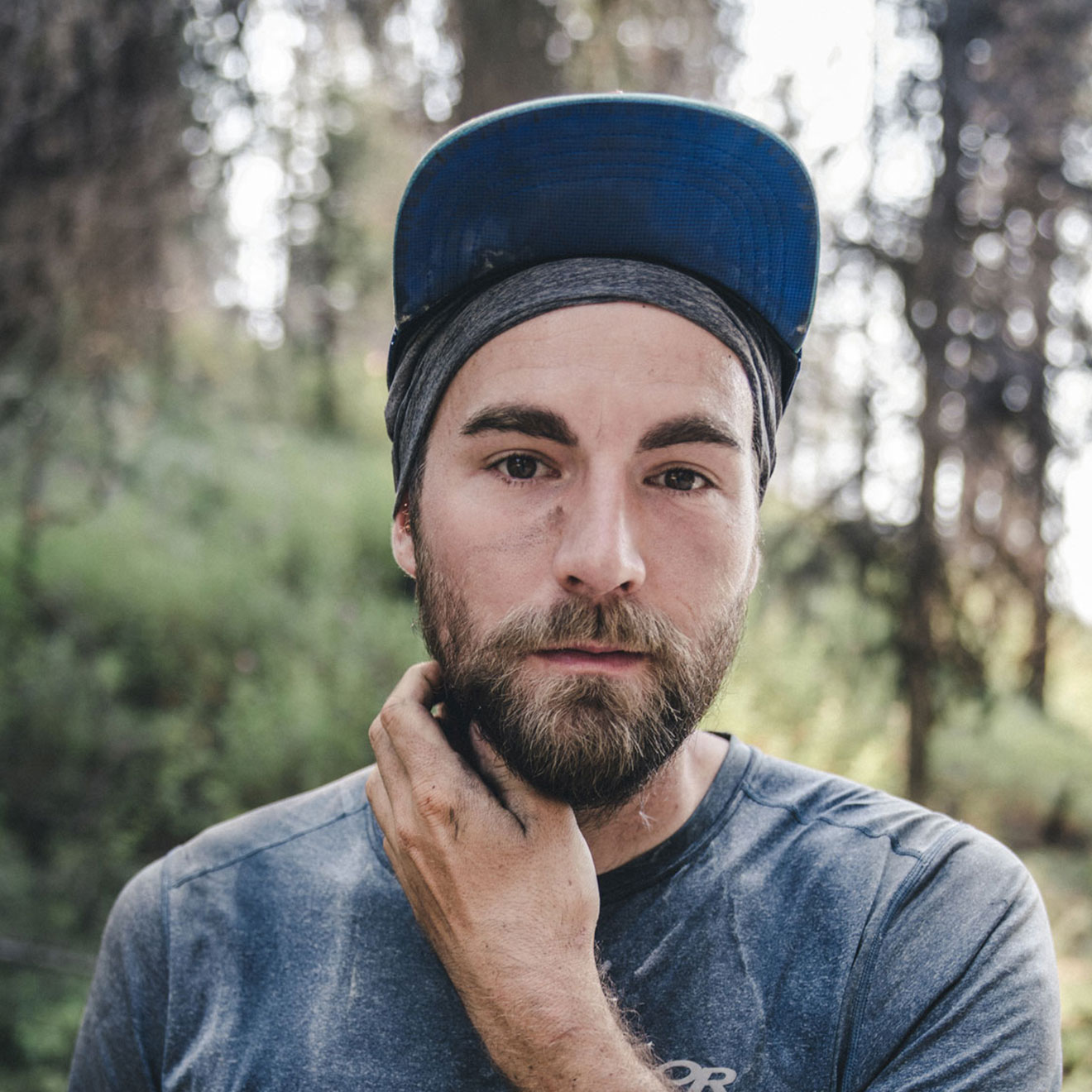
"There is no better way to switch off than by going on a long-distance hike."
Peter Hochhauser, Austrian thru hikerThis series of articles is designed to help you make your dream of long-distance hiking come true. We’ll cover key questions about equipment and how to prepare for such enormous undertakings, give you tips on the best thru hike trails and share the experiences of seasoned thru hikers.
But first, we’ll take a look at what makes thru hiking so popular. What’s the appeal in undertaking an adventure such as this? And we’ll also answer lots of questions you might have about thru hiking.
A thirst for adventure
Further reading on thru hiking:
–> Long-distance walks: 12 classic trails
–> Long-distance hiking trails: 14 insider tips
–> First thru hike – tips from a pro
–> Interview with a long-distance hiking expert
–> Getting ready for a thru hike
–> 10 stunning thru-hiking facts
Pioneering rock climber and thru hiker from the USA, Ray Jardine, explains the allure of long-distance hiking like this: “You have no house or apartment you can head back to at night. No car. But you have everything you need, right there on your back.”
Similarly, Austrian long-distance hiker Peter Hochhauser also extols its virtues: “No mobile phone signal, no commitments… being outdoors is very freeing”.
But does one have to go for so long?
Yes, says Peter, following his completion of the 4,265 kilometre long Pacific Crest Trail and the Pacific Northwest Trail (1,930 km): “There is no better way to switch off than by going on a long-distance hike. And the real sense of freedom only really kicks in after a couple of weeks.” (–> Further reading: Pacific Crest Trail Report)
Long-distance hiking represents more than an inspiring nature experience. In the process, many seem to find their way back to themselves. But what exactly is a long-distance hike? And where should you begin such a big adventure begin?
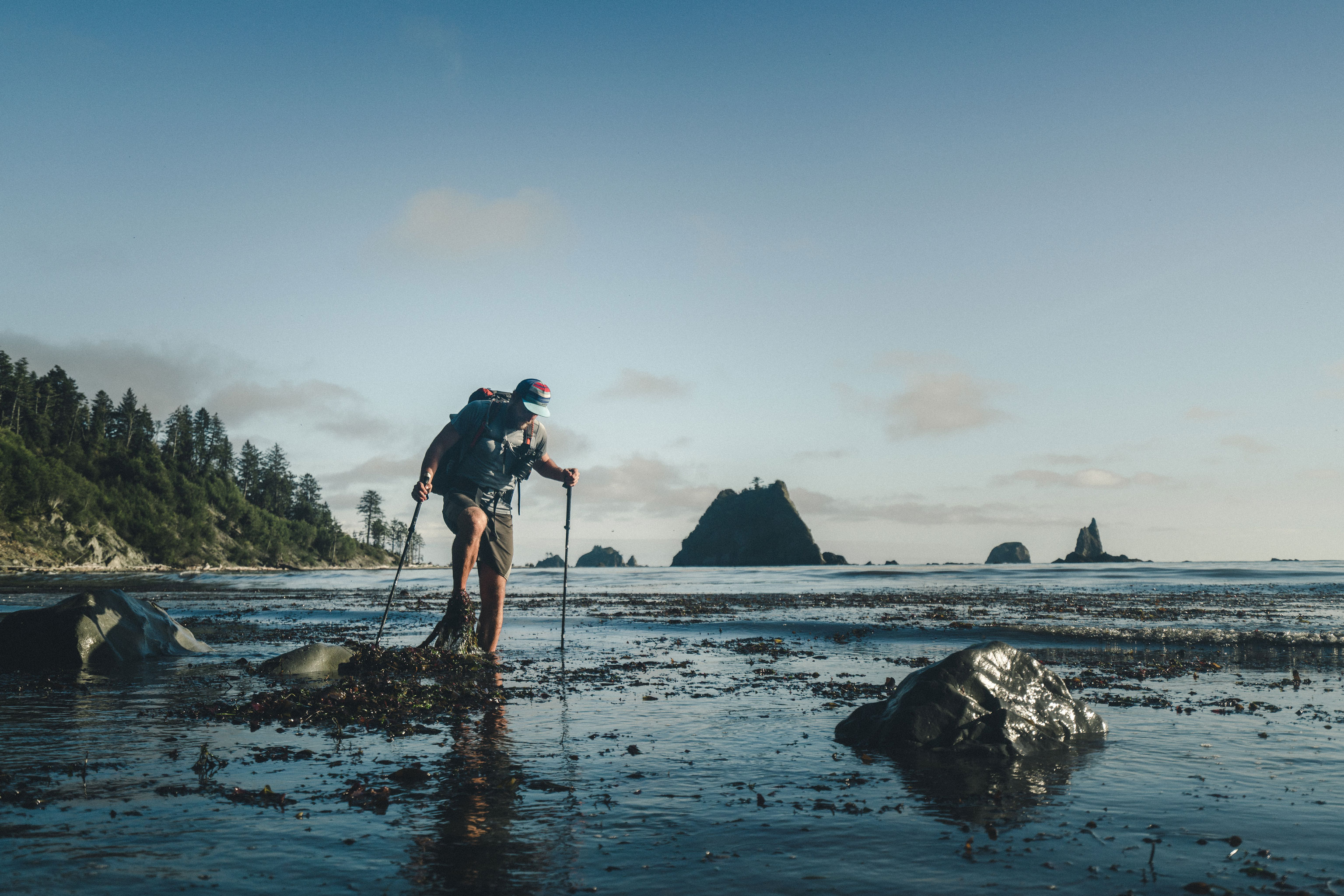
What exactly is a long-distance walk?
Thru hiking, long-distance hiking, trekking … The outdoors world has many ways to describe walking over longer distances. It starts with anything from a multi-day hike, where overnight stays might be in a hut or at a campsite, for instance. Europe, in particular, has a wide network of such long-distance hiking trails. From the cultural highlights of walking the Camino de Santiago, to hiking right the way across the Alps, anything’s possible.
Another step up, and not just in terms of the time it requires, are famous long-distance hiking trails like the Pacific Crest Trail, the Appalachian Trail or the Continental Divide Trail. In the USA, these are known as thru-hiking trails. Strictly speaking, a thru hike means undertaking a long-distance hike, in one continuous push from start to finish, without any breaks. Purists will take minimal gear with them, and depending on the season, sleep under a tarp or in a tent.
Three types of ultra-long-distance hiking trails
These ultra-long-distance hiking trails can be subdivided into three types:
- On popular routes like the Pacific Crest Trail there is an existing infrastructure with camping and bivouacking sites, official water sources, waymarking, bothies, resupply stations for food and more besides.
- On remote trails like the Pacific Northwest Trail, you need to be self-sufficient, carrying enough food and supplies for several days at a time, or even weeks.
- Then there are unofficial thru hiking trails like the Greater Patagonian Trail in South America. These have no waymarks, nor any precise route descriptions, so they are only for highly experienced thru hikers.
And so, long-distance hiking even has sub-genres. But is it a new trend? Absolutely not. In some ways, it marks a return to our roots.
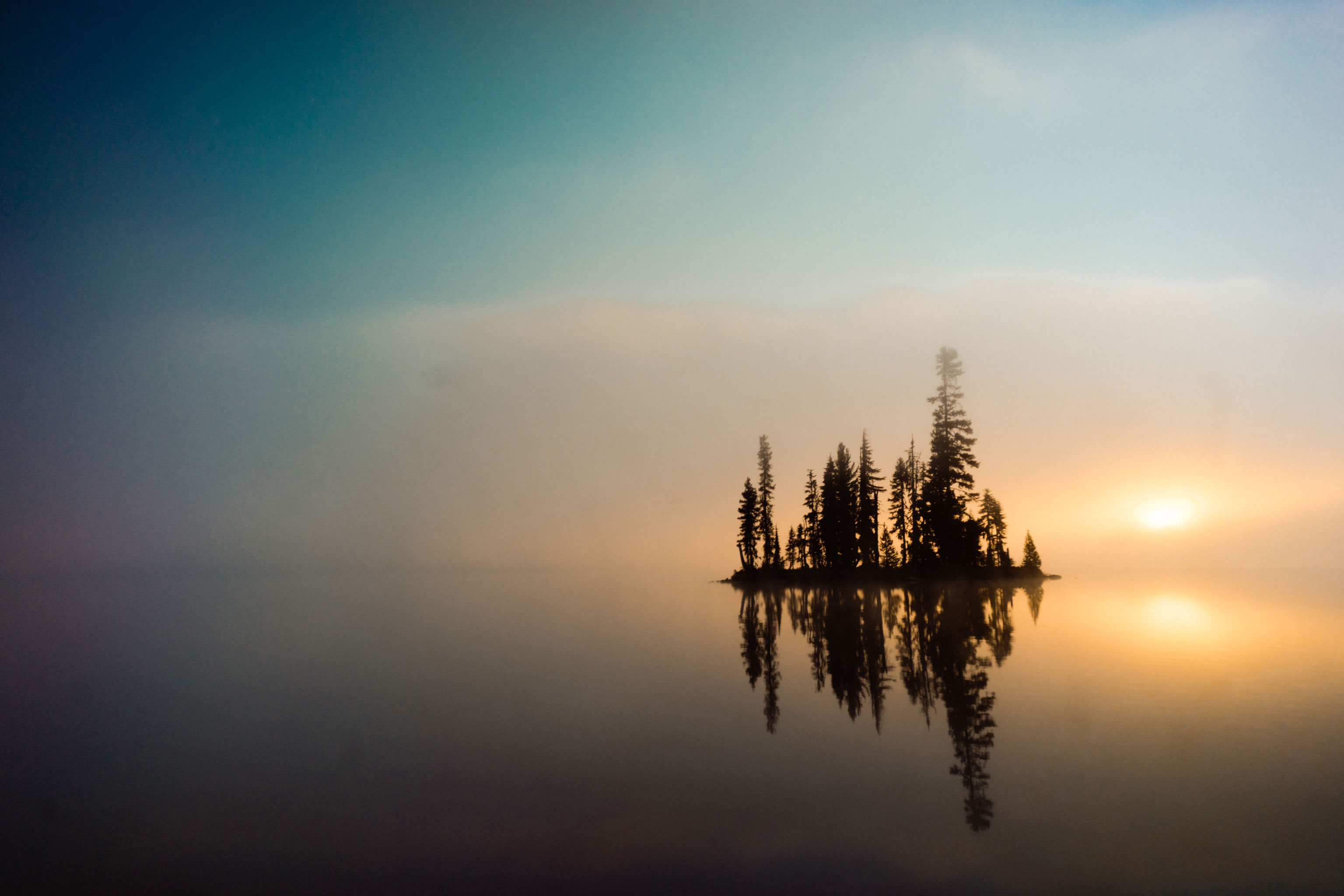
Thru hiking is in our genes
Hiking is the oldest form of human forward propulsion. Even if the thought of it alone makes most office-bound mouse clickers break into a sweat and start to struggle for air, we homo sapiens are born marathon runners.
- Even in prehistoric times, people regularly covered long distances. The human skeleton is designed for sustained trotting rather than sprinting.
- Stone-age Ötzi was one of the first transalpine hikers over 5,300 years ago.
- There is a long history of pilgrimages on foot covering vast distances.
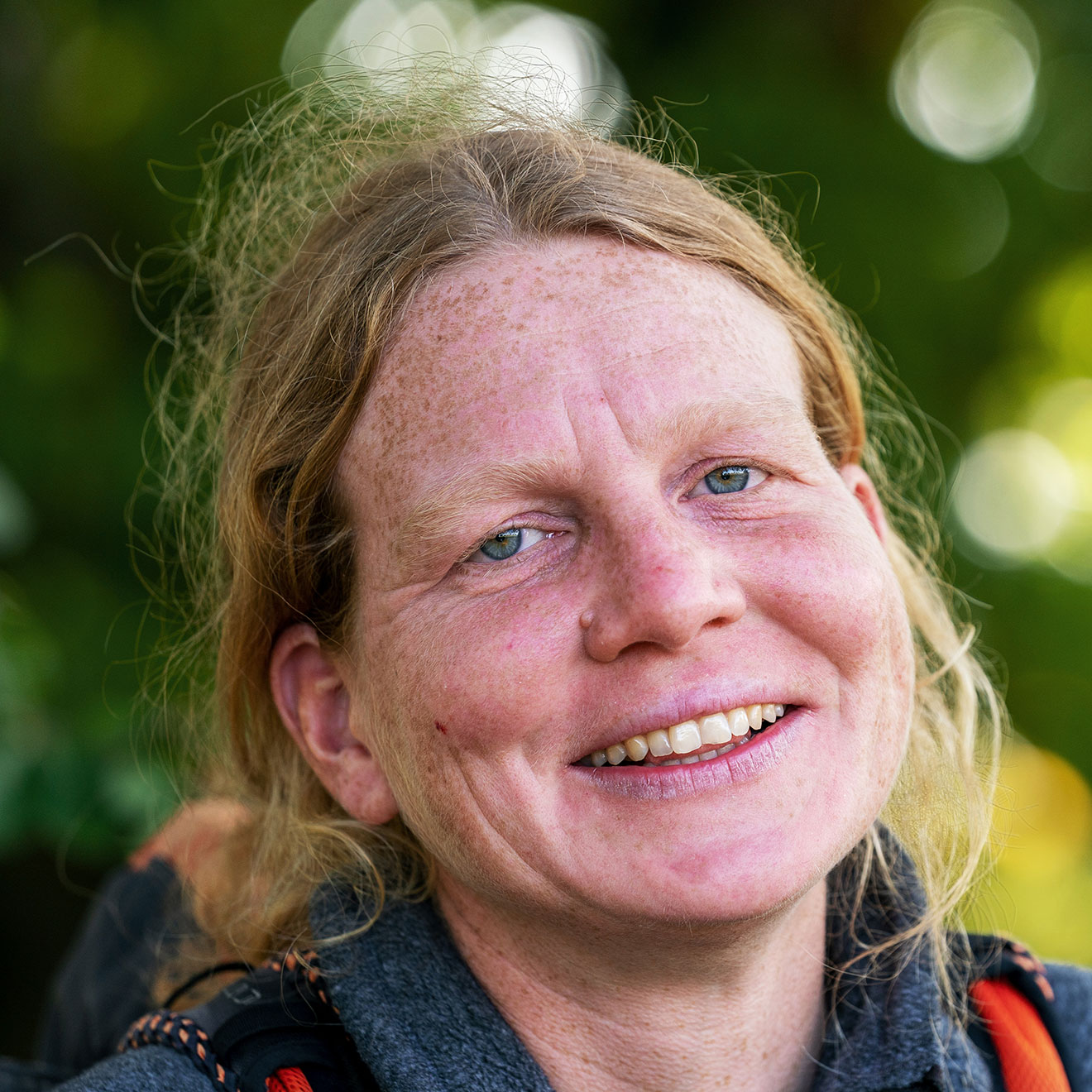
"Thru hiking is the rediscovery of slowness."
Anke Müller, German thru hikerFURTHER READING: INTERVIEW WITH ANKE MÜLLER
- Hiking as a leisure activity first developed in the 18th and 19th centuries. Migratory humans coined terms such as the much-used German word ‘wanderlust’.
- In the early 1900s the first long-distance trails were established, like the 320-kilometre-long Jura Crest Trail from Zürich to Geneva in 1905. Another milestone: the 3,500-kilometre Appalachian Trail in the USA, the development of which started in 1925. By 1937 this ultra-marathon of a hiking trail was completed. In 1948, Earl Shaffer became the first person to complete the whole trail in one season.
Why is thru hiking so addictive?
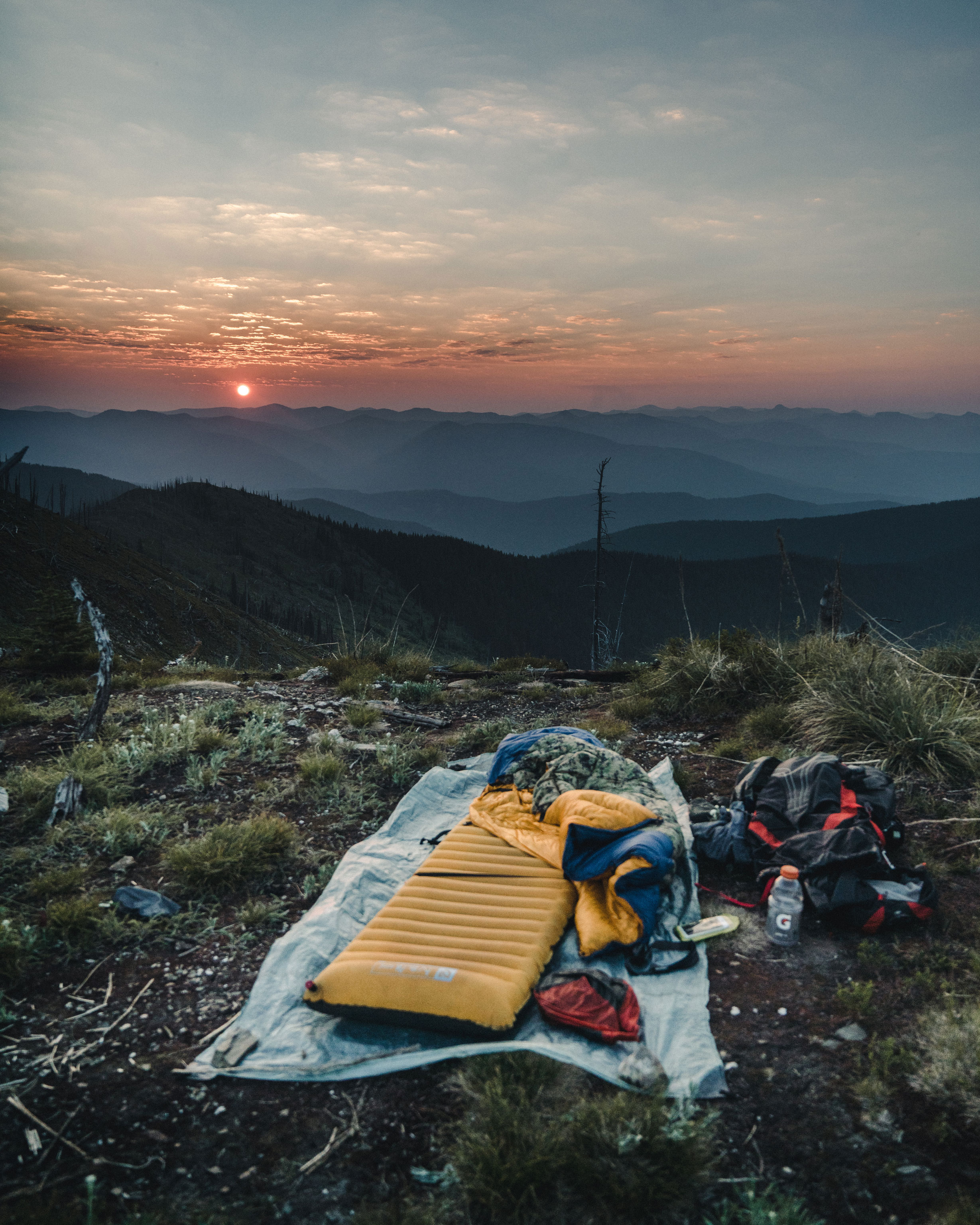
Once a thru hiker, always a thru hiker. When Anke Müller, from Stuttgart, Germany, concluded her first ever long-distance walk – reaching the end of the Pacific Crest Trail after four months and more than 4,000 kilometres – she had the feeling she could carry on walking forever. Hikes that last several months are now the anchor around which her life rotates. And she’s certainly not alone in doing so.
Thru hiking is addictive. Why? The main reasons are:
- A longing for nature.
- A search for meaning and balance in our technology-focused urban lives, where we tend to function more than live, and respond to our boss’ wishes more than control our own lives.
- To escape the everyday grind – and as a counterbalance to our work and family responsibilities.
- Yearning for simplicity in an increasingly complex world: taking time, decelerating, breaking away from multi-tasking.
- Taking longer or shorter periods of time off is now considered prestigious, just like a fancy car used to be.
Thru-hiking philosophy: Less is more
On a long-distance hike, minimalism can become somewhat of a seminal experience. Less is more. And it not only concerns the gear needed, but also the social contacts along the way. Acquaintances on the trail are consciously chosen and limited. Just like the simple food you eat. And just like the powerful force of a freezing-cold waterfall instead of a massaging shower head in your own bathroom.
On a long-distance hike, minimalism can become somewhat of a seminal experience. Less is more. And it not only concerns the gear needed, but also the social contacts along the way. Acquaintances on the trail are consciously chosen and limited. Just like the simple food you eat. And just like the powerful force of a freezing-cold waterfall instead of a massaging shower head in your own bathroom.
Thru hiking – is it for me?
Hiking several hundred or even thousands of kilometres – “never in my life had I imagined I’d do something like that,” recalls Christine Reed from California. “I partied too much, didn’t exercise enough.” Yet she still found herself hiking the 3,500-kilometre-long Appalachian Trail. (–> Further reading: My first thru hike)
"It takes mental fitness, to become physically fit."
Christine Reed, US-American thru hikerSo don’t let such eye-watering distances leave you in a crumpled mess on the sofa. The secret to mastering seemingly impossible long-distance hiking routes is: “One foot in front of the other, always nice and steady.”
Regular thru hikers all agree: Your physical fitness will come automatically as you hike. What’s more important is making the decision to get your act together and not to let any initial hurdles get you down.
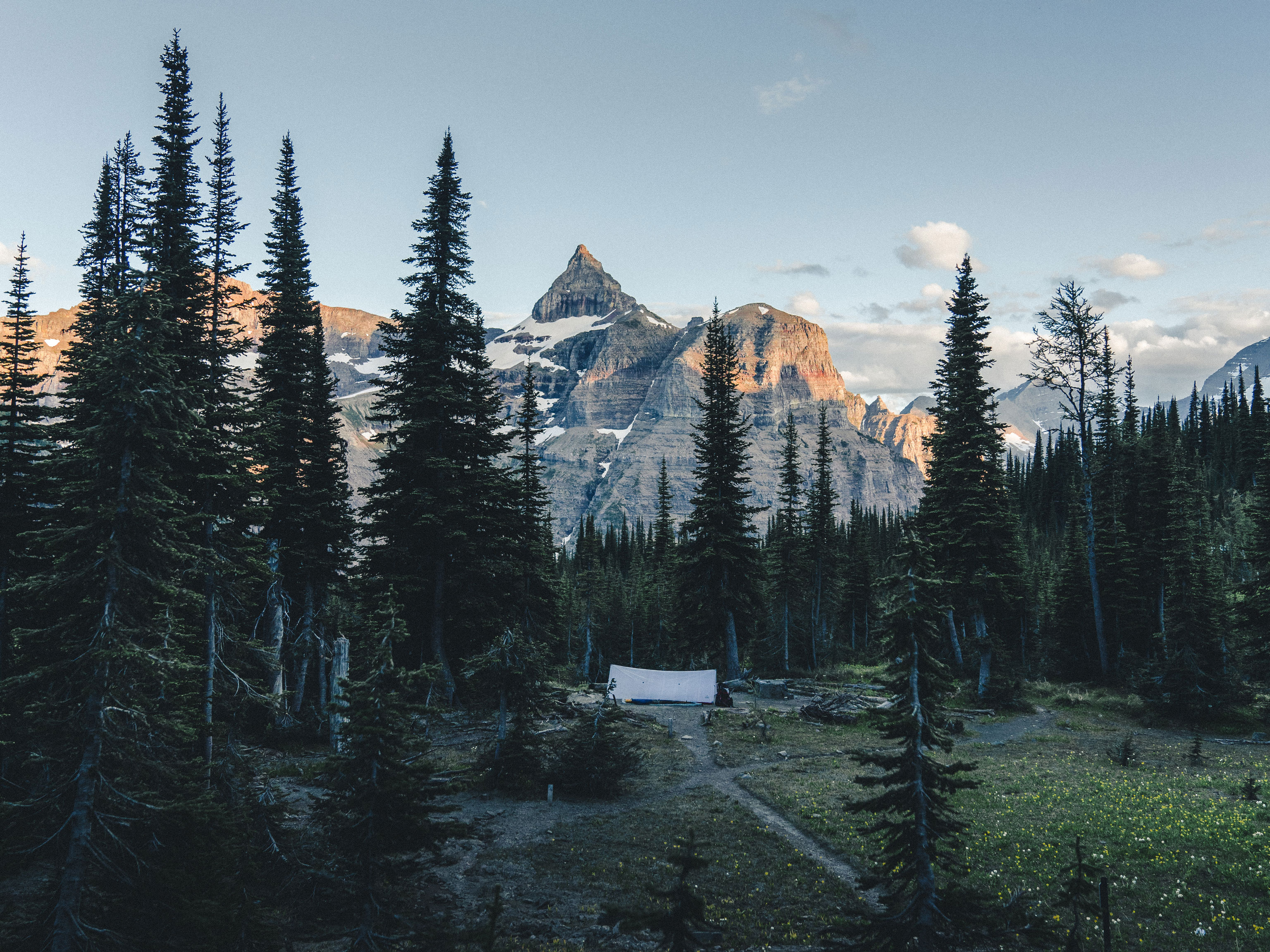
Where can I go thru hiking?
That’s easy. Wherever you like! The sky’s the limit when it comes to long-distance hiking. The easiest place to start is on waymarked thru hike trails. But determining your own route or making your own way along a route with limited descriptions also has its appeal.
And like the number of trails you can choose from, there are almost endless possibilities for pushing yourself. You’ll find over two dozen suggestions in our articles on classic long-distance trails and long-distance trail insiders’ tips.
Thru hiking – an experience of a lifetime
There really are numerous reasons why long-distance hiking is an unforgettable experience. Along the way, you’ll doubtless ask yourself: “Is it really worth walking this far for it though?” To which your seasoned thru hikers will reply with a slow, thoughtful nod of the head, as they gaze longingly into the distance.
It doesn’t have to be ultra-long distances like the 5,000-kilometre-long Greater Patagonian Trail network, or the 6,400-kilometre-long Yangtze River Trek. For a taster, spending a week walking through your home country is all it takes.

